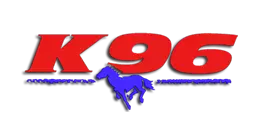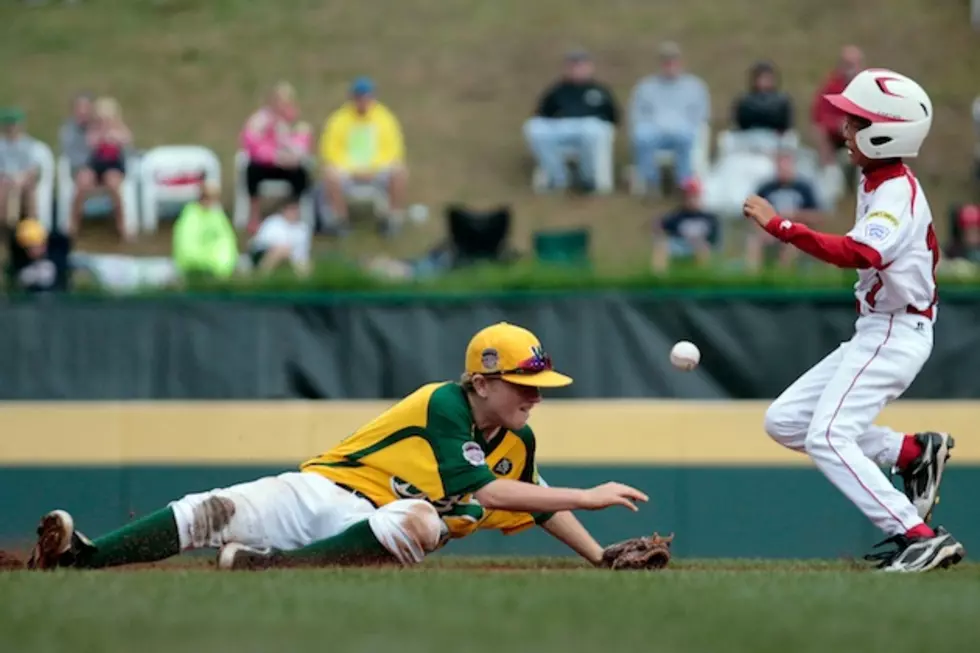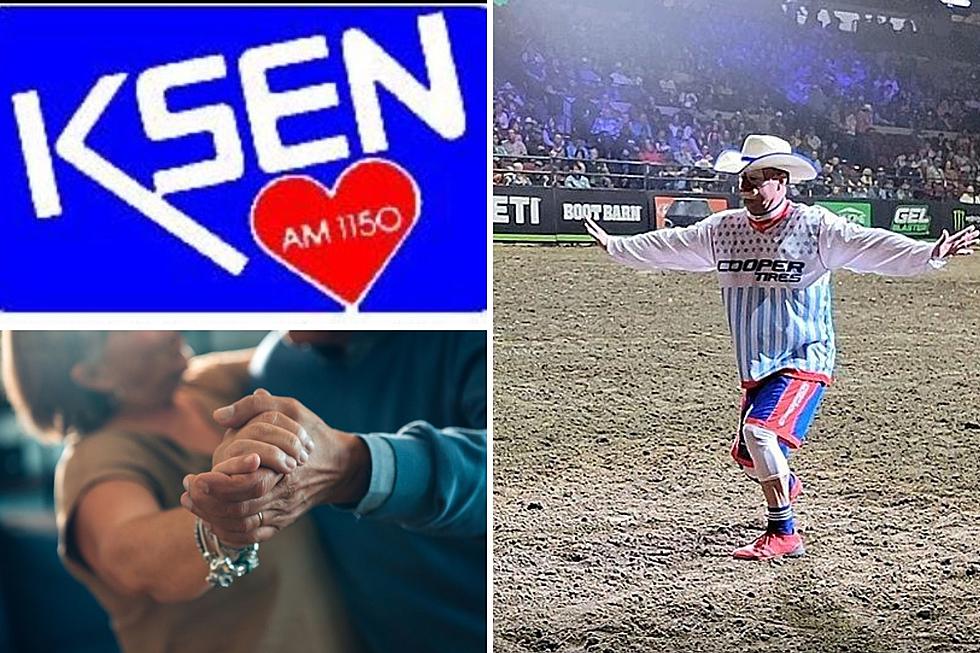
UM Student Researchers Create Signs With Impact
MISSOULA – It’s a well-known truism in the world of park management: Hikers rarely read trailhead signs.
And in their zeal to enjoy the wilderness – now – they miss important messages posted to protect parks, wildlife and the hikers themselves.
“Since the 1960s, we’ve been doing studies on how we message to visitors and change people’s behaviors,” said Will Rice, an assistant professor of outdoor recreation and wildland management at the University of Montana. “That’s more than five decades we’ve been thinking about the words, but we’ve done little to date to test the graphic design of the signs.”
Figuring there must be a better way to grab attention, Rice reached out last year to University of Kansas Associate Professor of Design Jeremy Shellhorn, who founded the Design Outside Studio, a summer class for design students to tackle projects that benefit the public.
Shellhorn also created a type font called National Park Typeface, which is becoming, as Rice puts, “insanely popular.”
After a brainstorming session or two, Rice and Shellhorn assembled a team of undergraduate student researchers to determine what it takes – visually and verbally – to reach even the most single-minded hikers. Through their coursework, KU’s students designed the graphics based on messaging crafted by UM’s students, who also conducted field research to determine if their efforts resonated with the hiking-boots crowd.
For funding and help with the project, Rice turned to Missoula Parks & Recreation representatives, who asked students to address two very real management needs: keeping dogs on leash 200 meters from trailheads, and stopping the spread of invasive plant species by using boot brushes at trailheads.
“Parks & Recreation told the students they wanted positive messaging that invoked stewardship of this place,” Rice said. “We wanted to see if different graphic treatments would not only capture people’s attention but also influence their behaviors and get them to buy into what we are trying to do.”
The students collaborated for weeks over the design, meeting online and sharing opinions on typefaces and colors through a messaging platform.
“It was interesting the way we interacted over Zoom,” said Jazzelle Elias, who graduated this spring with a degree in parks, tourism and recreation management at UM. “The KU students talked in media arts, we talked in social science. They were cool.”
Grace Walhus, another senior in PTRM, said working with the Kansas students was a unique experience, as was conducting field research once the signs were completed in the summer of 2022. The lab for their experiments was the Sunlight Trailhead in Missoula.
“It was the first time for me to do research out in the field,” said Walhus, who also graduated in May and is working in Missoula taking care of campgrounds and trailheads for the U.S. Forest Service. “It was interesting to see how extensive it was.”
Walhus and Elias said the big challenge was trying to remain as unobtrusive as possible as hikers interacted – or not – with the signs, while recording which signs drew the most attention and how much time hikers invested in reading the messaging. Sitting in camp chairs, pretending to picnic, was involved.
“Will told us we would be collecting data using the ‘lurking method,’ which everyone was super stoked about,” said Elias, who will work this summer “clearing trails and running chainsaws” for the U.S. Forest Service in the Lincoln Ranger District.
“The most memorable reaction I saw was a hiker who not only wiped his boots on the boot brush, he wiped his dog’s paws too,” she added.
The designs that garnered the most interest, according to the data gathered by students, were those that featured something called “typography as image,” a visual treatment intertwining images with the messaging. In one case, it was plants blooming in the North Hills of Missoula intertwined with typeface. In another, it was a dog leash, with collar.
“All the signs were way more enticing than a white sheet of paper stabled to tree,” Rice said. “They were really beautiful.”
They were also effective, said Walhus.
“Our research showed that messages and graphics really do influence people” she said.
Missoula Parks & Recreation will use the results of the study as it develops new signage, Rice said. Meanwhile he’ll conduct a similar study this summer in the Grand Canyon, testing signage to stop people from peering too far over the canyon’s crumbling rim.
“The wording does depend on the audience,” Rice said. “The Grand Canyon has a much more diverse audience than hikers in Montana. So that will be an interesting challenge.”
The results of the first study will be published in June’s issue of the Journal of Outdoor Recreation and Tourism. It’s also been posted online since earlier this year.
All of the students in the study were listed as authors – a rarity in academia, Rice said.
“In the past it was unheard of for undergraduate students to be listed as authors even though they often put in a ton of the work,” he said. “But in recent years there has been a really big push to recognize their efforts, and it’s awesome that their names are there.”
Sharing authorship is definitely a lasting legacy for students in the class, Elias said.
“I remember thinking, wow, I’m published now,” she said. “My partner and his family were so excited they made me a cake to celebrate.”
-by Raequel Roberts, UM News Service-







